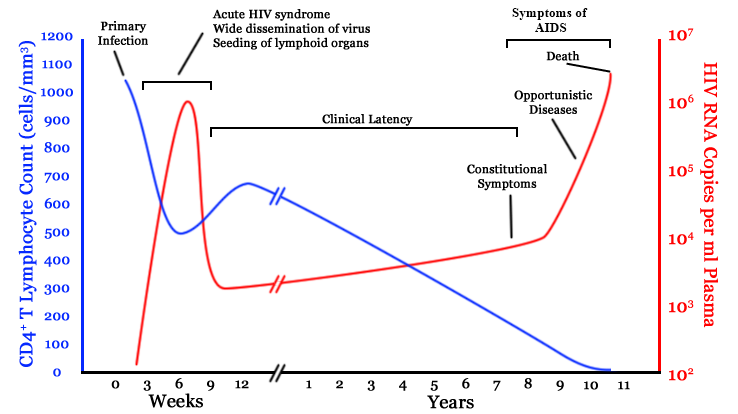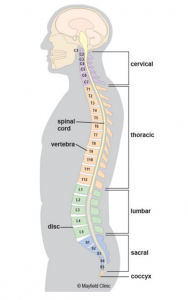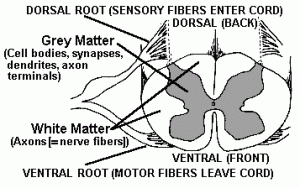Hypertension, most often known as high blood pressure is a widespread heart condition affecting 5.3 million Canadians. Arteries can become narrowed or blocked, which increases the risk of stroke, heart attack and kidney failure. High blood pressure can be caused by numerous factors including stress, smoking, excessive alcohol consumption, obesity, age and family history.
Hypertension further explained (source: Khan Academy)
The most common treatment for hypertension is the administration of diuretics or “water pills”. These pills act to eliminate excess water and salt through the urine which reduces the overall volume of blood pumped by the heart, thus easing stress and strain on the heart. But like with any other drug, diuretic use comes with an array of side effects. Frequent urination and arrhythmia (irregular heart rhythm) are most commonly experienced when taking diuretics but can also be accompanied by electrolyte imbalance and general weakness.
Despite the successes of pharmacological hypertension treatments, an alternative, non-chemical approach has proven effective, electro-acupuncture.
Just as it sounds, electro-acupuncture is a medicinal technique where the patient’s skin is penetrated by thin needles delivering 10-80 mA of current to stimulate specific acupoints. These points are usually found at nerve-muscle junctions, muscle midpoints or at bone-muscle junctions.
A group of researchers from the University of California determined that by performing electro-acupuncture, the body forms excess enkephalin, an opioid peptide, which saturates the brains opioid receptors and lowers blood pressure by dilating blood vessels and lowering heart rate. Generally, opioid drugs such as morphine and oxycodone minimize pain by reducing the intensity of pain signals travelling to the brain.
Their study showed that hypertension in mice was controlled for up to three days after electro-acupuncture.
I am a firm believer in alternative medical techniques, especially if they reduce the intake of pharmaceuticals, and this research is a promising replacement for traditional chemical approaches to treating clinical hypertension.
- Scarlett Liaifer
References:
Li, M., Tjen-A-Looi, S., Guo, Z., Longhurst, J. Repetitive Electroacupuncture Attenuates Cold-Induced Hypertension through Enkephalin in the Rostral Ventral Lateral Medulla. Nature. [Online] 2016, 6, 1-11 http://www.nature.com/articles/srep35791#discussion




